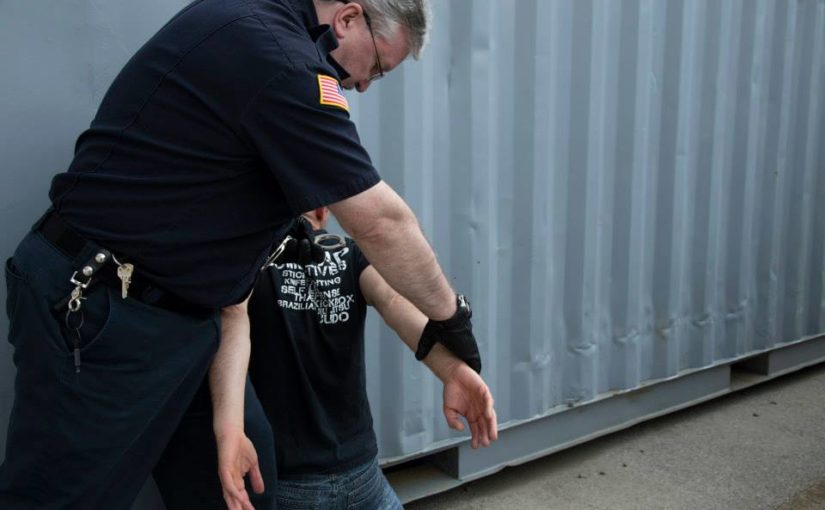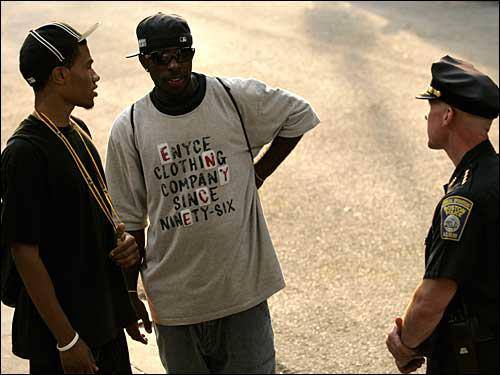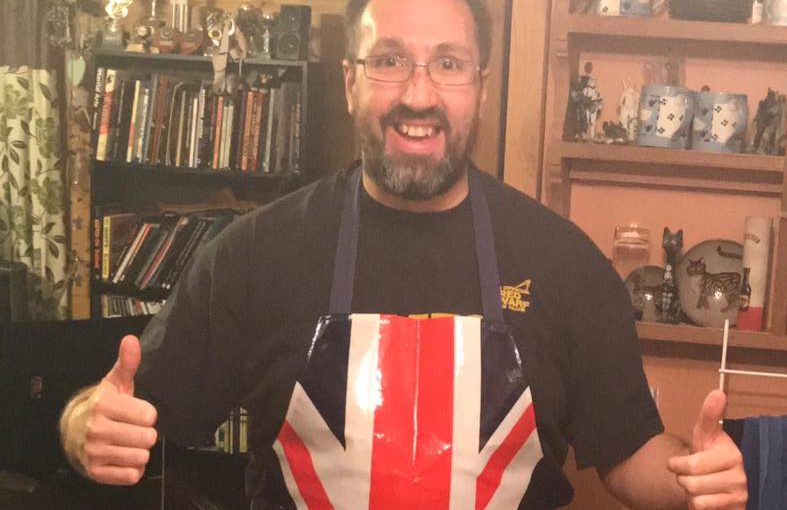Part 2
Rory I found probably through Marc, or maybe Loren Christensen – I can’t recall specifically. I am immediately drawn to Rory because of what he does or did. He was working with the safe ‘clientele’ that I was, with the main exception being that he was in a prison setting. Without hesitation, I recommend him to all LEO, or Security professionals because his experience is directly related to what I do. Marc’s is as well, just from a different perspective. Rory was writing a blog at the time I ‘found’ him. Large parts of that blog became the first e-books that I purchased – Chiron Training. After reading the very first volume I was hooked. Here was I guy that I totally ‘got.’ I can’t tell you why in so many words, but he ‘spoke to me.’
In one of his blog/e-book entries Rory describes a ‘typical’ day on his unit. He was asked to respond to an inmate that was acting out in his holding cell. Rory headed a CERT team, and his job was to move this individual after subduing him using whatever level of force was necessary. The inmate had already made preparations for the soon-to-happen assault by unusual means. Rory’s team was prepped, kept just out of sight while he chose to offer an alternate solution before breaching the cell. In a moment of genius (and Rory really is a very deep thinker) he chose to keep the team out of sight, but ready to perform a cell extraction by overwhelming force. He pulled up a folding chair about 6 feet from the cell door, and simply sat down, crossed his arms, and waited… NOW, go find that story and learn from it what I learned. What happens next is sure to change your world like it did mine – if it doesn’t, you’re either in the wrong job, or you already possessed that knowledge and foresight, which frankly I find hard to believe. Thank you Rory.
Peyton Quinn – another of the unknowns. He is a character every bit as much as Marc is. THEY are two of the originators of what this group has been assembled because of. Violence. I have known Peyton for about as long, and did find him through my connection with Marc. Another book. Suffice it to say that Peyton is as unique as any of these commanders of violence. Peyton is also a Martial Artist, a rogue of a man with a huge heart, and some really intense depth of knowledge as well. He’s an educator, a writer, and he knows his stuff as well. He’s also willing to pass this stuff on. About four years ago I had the pleasure of working on a few projects with Peyton. Specifically a book that he was writing at the time about Musashi’s Five Rings. Peyton asked me to read it, and help him out with some editing, which I did out of respect, friendship, and admiration. Thank you Peyton.
There are many others here that have helped me along the way, and I am very thankful for all of those contributors as well. What I do is not unique, but you’ll be hard pressed to find anyone talking about let alone teaching what it takes to get out unscathed. I can only say that in 7 years, I have been assaulted more, hospitalized more, hurt more both physically and verbally, than in my entire previous life. Without the support of these proponents and educators, without their output, their advice, their willingness to share the ugly, I wouldn’t be writing anything remotely like this at all. I’d either have quit a long time back, been injured and beyond repair OR worse. It’s not an easy job, not just anyone can do it either – even if you are physically able to – and most of the young ones are that at least, it takes a LOT of maturity, it takes a lot of drive, it takes a lot of deflective capability to do this job to serve your community, and your fellow man. You have to do this job because you care, not because it pays well – it’s not even worth it for that alone. I do it to make a difference, to feel better as a human being, and because someone has to deal with people in crisis, period.
If you’re up to it, do the research UP FRONT. If you can get through several of the steps necessary to educate yourself, and still thin positively about it, MAYBE you’re the right person. MAYBE.











